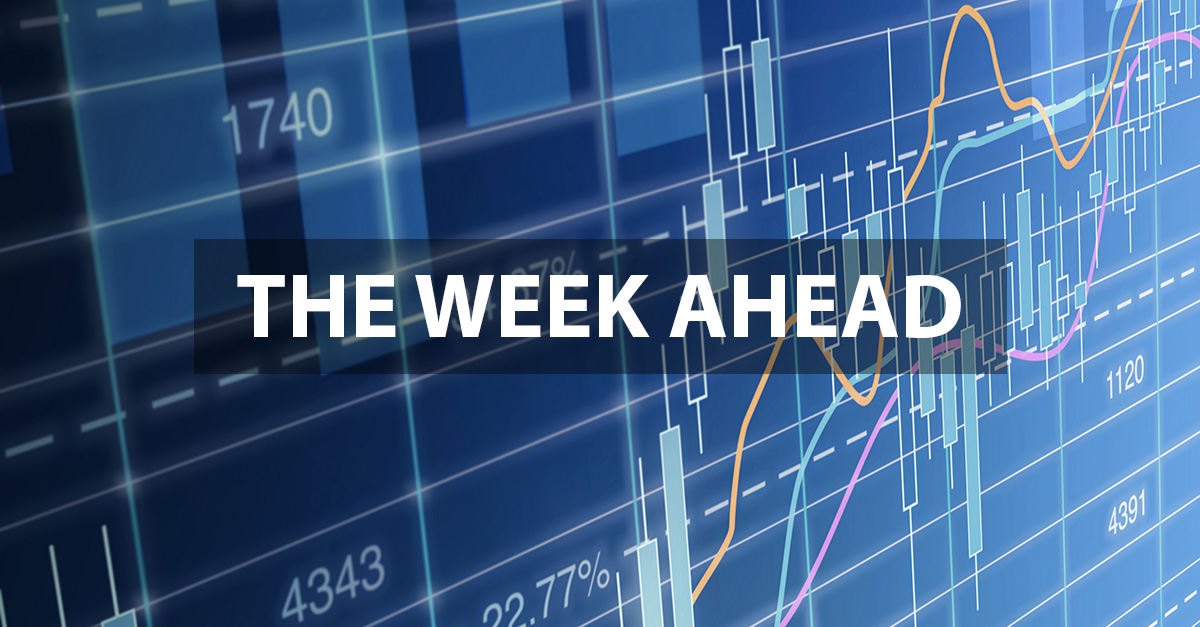Before jumping into the Week Ahead, we at First Foundation want to express our condolences to everyone affected by the coronavirus. We recognize that these are extremely difficult times, but we also believe we will persevere through this crisis as we have before.
With the number of coronavirus infections likely to peak in the United States this week, many investors have started looking forward to economic recovery. Market pundits are discussing what the shape of this recovery may look like. While the actual trajectory will be unique, the options fall roughly into the following:
V – Short recession with a rapid snap back as pent-up demand causes economic growth to come back quickly.
U – Recession lasts two quarters with growth starting to come back in the fourth quarter.
L – Recession causes permanent demand and supply destruction, and the economy does not experience a recovery for an indefinite period.
W – Also known as a double-dip recession. The recovery is swift and powerful, but as the fiscal and monetary stimuli dwindle, the economy falls back into recession.
Of all these scenarios, the U-shaped recovery is the most likely. It is important to note, that this will be the first recession caused by government decree. While the global economy will see severe strain in the upcoming months, the global policy response we have seen is also unprecedented in terms of its speed and scale. Many of the tools being used today were created during the dark days of the 2008-2009 recession. Back then, it took 80 weeks to deploy an economic stimulus package; this time it took 11 days. The initial relief bill (CARES Act) is $2.3T – three times larger than the 2009 stimulus. Beyond the fiscal payments to households and businesses, the Federal Reserve (Fed) will be supporting virtually all forms of fixed income in order to avoid a looming disaster in credit markets.
For now, we are still in the rapid down phase of the economy, and this week’s economic data will surely look very negative. This will be most evident in the Weekly Jobless Claims. The market rallied strongly despite claims exceeding 13 million last week, yet unemployment is likely to go above 20% as workers in the particularly hard-hit service sector are laid off or furloughed. Further drops in economic activity are expected as social distancing efforts continue around the world. The good news is that in many Asian countries, the infection curves have flattened and their economies are opening up. If we use China as a model, we should expect our economy to begin starting up again sometime in May or June. This will also correspond with warmer weather, which should help stem potential second wave infection rates.
There is little doubt markets will continue to be volatile, but for now, given the absolutely massive policy response on a global scale, we believe ongoing stimulus efforts will be enough to keep the economy intact, thus setting the stage for a surge in growth starting in the fourth quarter.
Please stay healthy and safe.
Data deck for April 13–April 17:
|
Date |
Indicator |
Period |
|
Apr. 14 |
Import price index |
Mar. |
|
Apr. 15 |
Retail sales |
Mar. |
|
Apr. 15 |
Empire state index |
Apr. |
|
Apr. 15 |
Industrial production |
Mar. |
|
Apr. 15 |
Capacity utilization |
Mar. |
|
Apr. 15 |
Business inventories |
Feb. |
|
Apr. 15 |
Homebuilders' index |
Apr. |
|
Apr. 15 |
Beige Book |
|
|
Apr. 16 |
Weekly jobless claims |
4/12 |
|
Apr. 16 |
Housing starts |
Mar. |
|
Apr. 16 |
Building permits |
Mar. |
|
Apr. 16 |
Philly Fed manufacturing index |
Apr. |



